Curlew FAQs - Facts, figures and advice for those wanting to help support nesting curlews on their land

The Eurasian Curlew (Numenius arquata) spends much of the year on coasts or estuaries, but migrates north and inland to breed on moorland or grassland. The UK holds the largest population in the world, but it is in dramatic decline.
Adult birds can live for over 30 years in some cases, and will continue to attempt to breed in the same area year on year. Curlew are generally site and partner faithful, but there are exceptions to this rule.
Curlew are territorial birds during the nesting season, but will also behave colonially (act together to fend off predators and warn of danger), where territories are close together.
Even when nesting, curlew can remain gregarious if they are not threatened by the presence of another adult and will coexist happily in their nocturnal roost sites
. Intruding rival males are rarely tolerated within the bounds of an active breeding territory and will be chased out, usually by a territorial male.

What do curlews need during the breeding season?

- Feeding and foraging ground: Rough damp pasture with tussocks to forage and feed in. Adults use their distinctive long bills to probe the ground for worms, caterpillars and invertebrates.
- A nesting site: Curlew will not nest in heavily stocked fields. They nest on flat ground, drier than the ground that they forage in and usually away from tall trees and shrubs that harbour predators. Curlew are faithful to their nesting sites. They will start to form a nest in grass that is about 20cm to 30cm high so that they can hide from predators, but put their heads above the grass to see what is going on.
- Safe ground for chicks to feed in: Invertebrate rich grassland. A range of sward heights to provide shelter and hiding places from predators, but not so dense that the grassland is difficult for a chick to move through.
When is the nesting season?
The majority of first nests are made in April and have eggs by 1st May, but a failed attempt to hatch a brood may result in a second, or even third attempt.
Some very early nests can be found in March in parts of the UK, but this is uncommon. Curlew breeding at higher latitudes tend to start later, e.g. in Scandinavia, where the ground is still frozen into April.
Curlew are most often seen when they are foraging for food in damp meadows and marshy ground, but are a great deal more secretive in their nesting sites.

Who is in charge of the eggs and chicks?
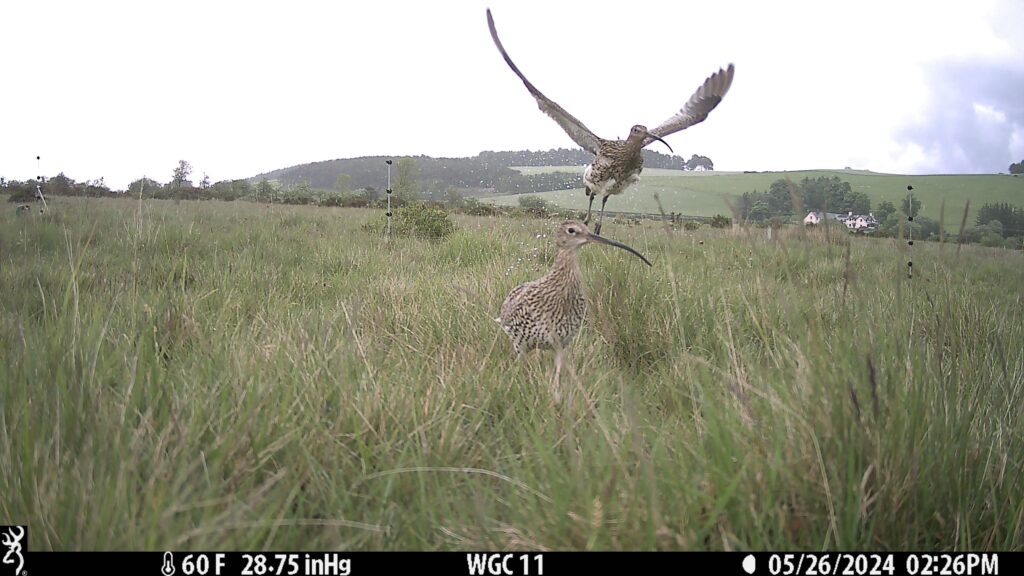
Both male and female birds take turns to sit on the nest before eggs hatch. During that two to three hour shift the partner leaves to feed. The main visible difference between the sexes is that the female has a longer bill, but the female is also larger than the male. Juveniles have much shorter bills.
Once the chicks have hatched the female usually leaves the male to do most of the rearing, although she may stick around for longer and even until chicks are ready to fledge.
What does a nest look like?
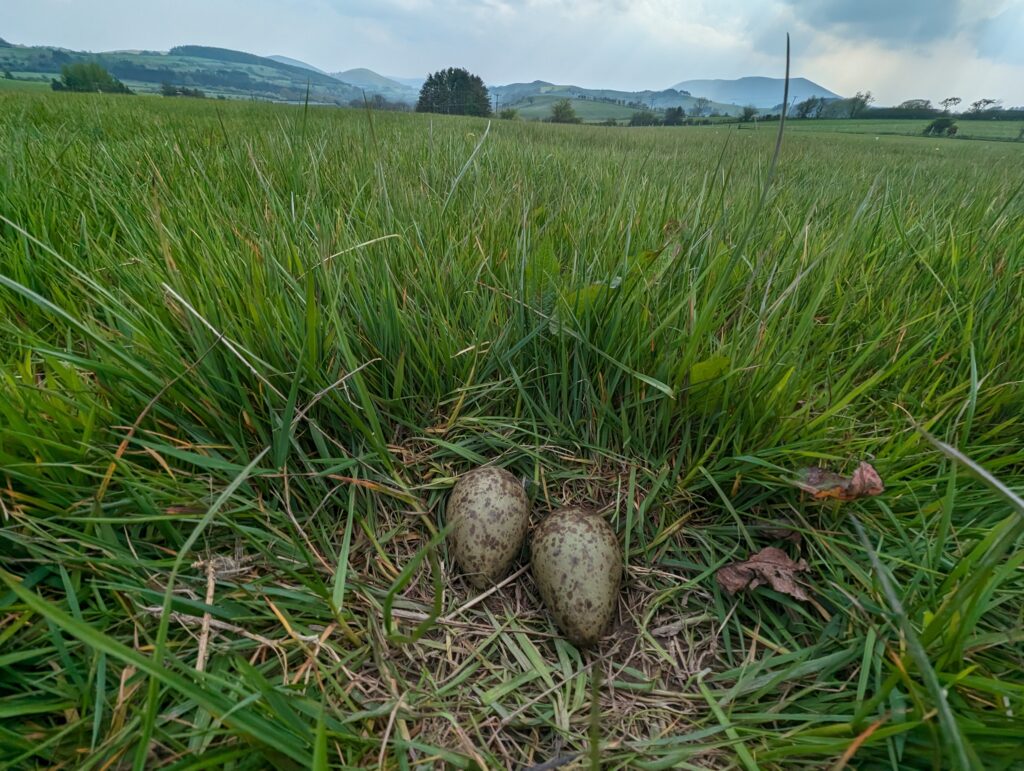



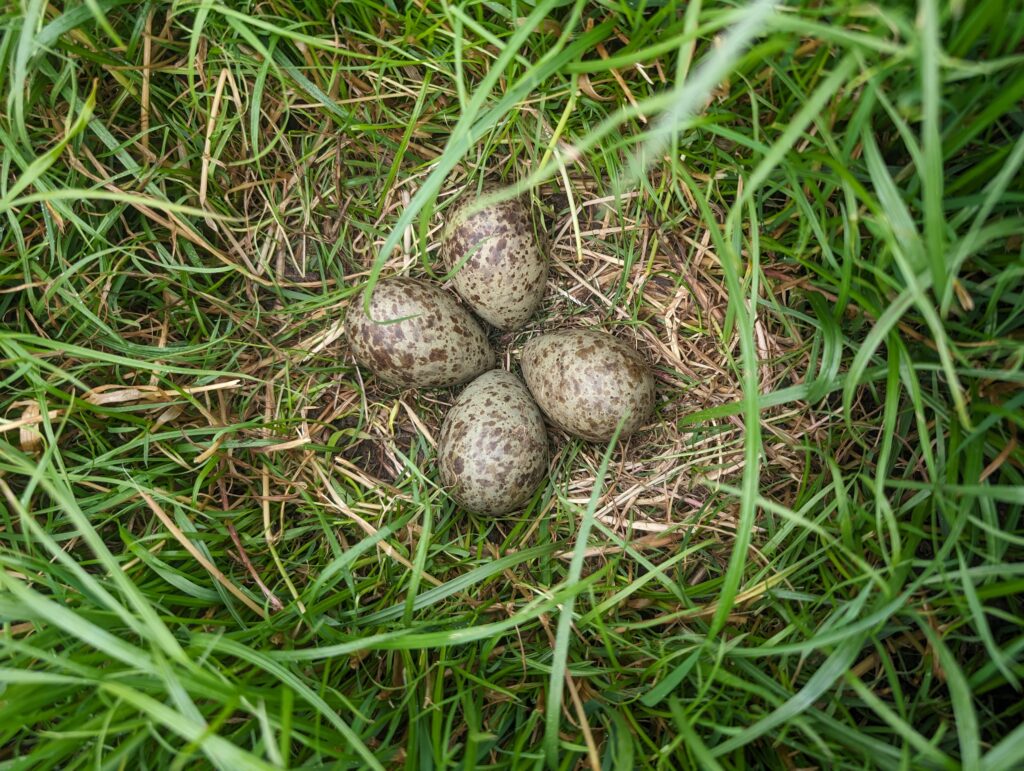
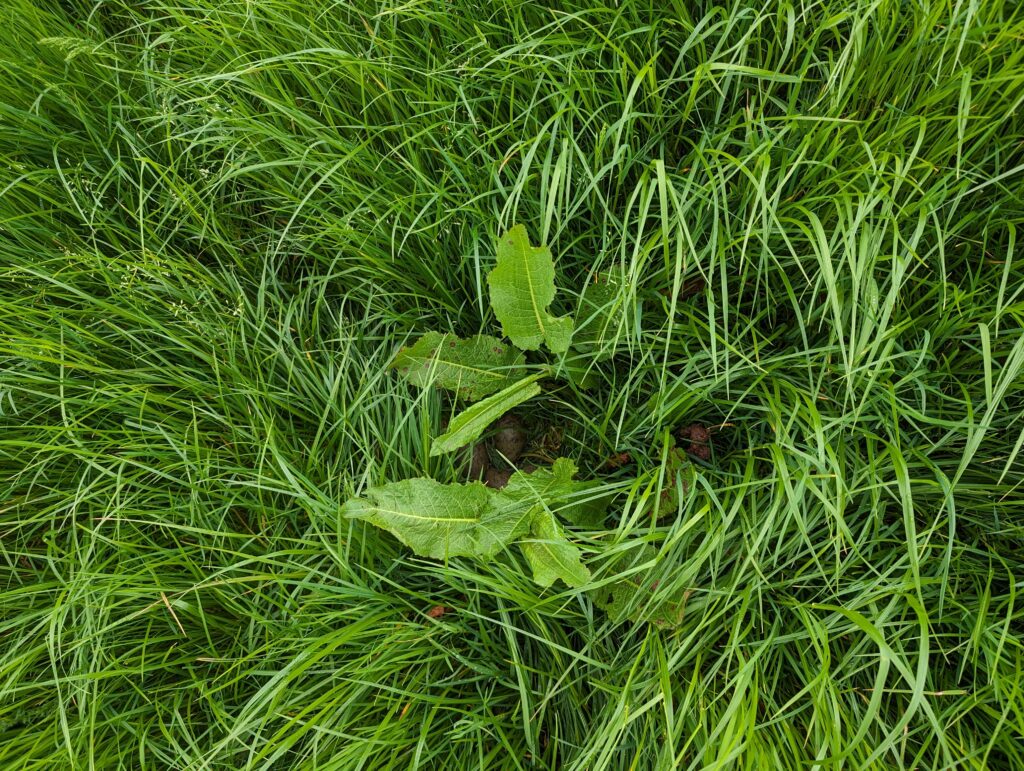
The nest is really a shallow cup formed in the grass sward by the bird swivelling and pressing down to flatten the vegetation. It can be formed in a variety of substrates such as grass, rushes, moss or heather.
The female usually lays 3-4 eggs in a clutch, each egg is laid about 2 days apart and the nest will usually not be incubated properly until a full clutch has been laid.
The nests are usually fairly difficult to find. Curlew are territorial birds and very secretive of their nest sites, landing a long way from them and walking through long grass to try and disguise the exact location.

How long is the period from nesting to fledging?
Eggs are incubated for 27-29 days (about four weeks).
From hatching to fledging the period is about 42 days (around 6 weeks), but it can take more or less time depending on their development.
If a nest fails because the chicks are lost a pair of curlews will not make a second attempt to nest.
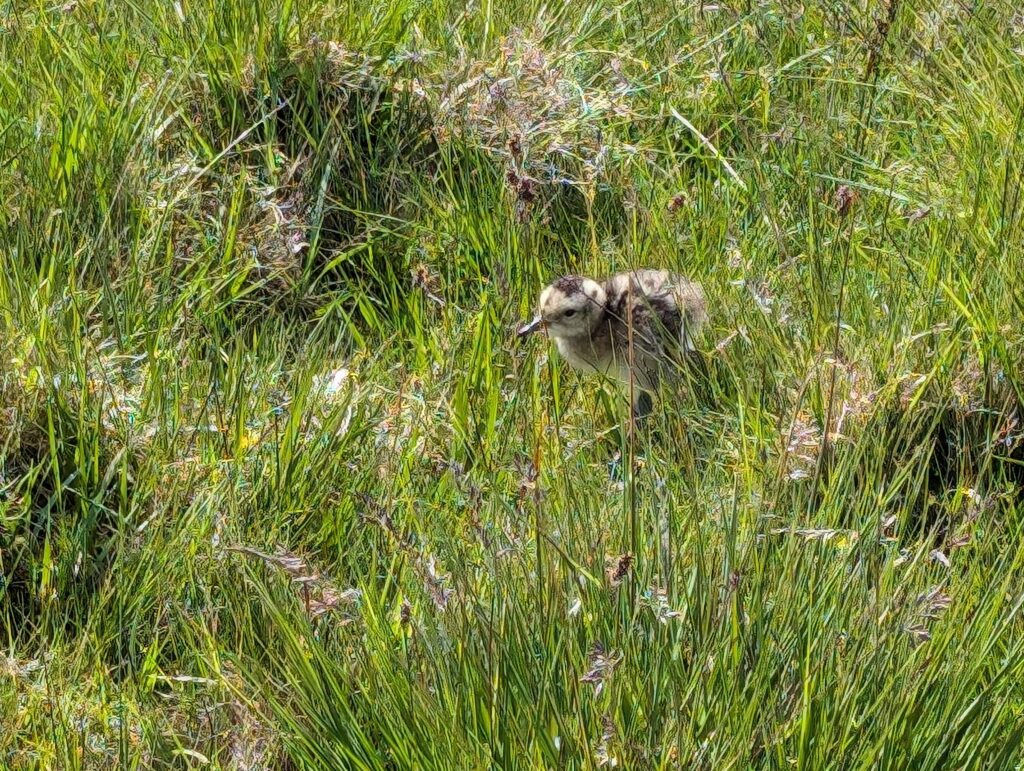
What is the date at which most chicks would have been expected to fledge?

In favourable circumstances, chicks would fledge from a first nest around the middle of July.
As the adult population ages and nests become more vulnerable to predation as numbers decrease, more nests will be second attempts and chicks may not fledge until as late as the middle of August.
After migrating to winter grounds, fledged chicks will spend at least a year there before returning to breed.
Why do I see and hear large groups of curlew in the early spring and again at various times during the nesting season?
At the beginning and end of the season groups of birds can be seen in places where they rest to feed on their migratory routes. Sometimes these birds are travelling back and forth to local rivers and wetlands where they can roost safely at night.
Groups of failed breeders can group together and display and call before returning to their over-wintering sites.

If I know that the field that the curlew usually nest in is unsuitable, how can I encourage them to nest in the adjacent, more suitable field?

Leave stock on the field that will be cut earlier or subject to late spring and early summer cultivation. Manage the adjacent field so that the grass sward is about 20cm to 30cm high at the end of April, and so that all agricultural operations have been completed by about mid-April. Avoid commencing again until later in the summer.
What is the latest date that I can keep stock on, or roll, fertilise or harrow the field that the curlews nest in so as not to cause disturbance?
Mid to late April, depending on the weather.
Once eggs have been laid they are vulnerable to trampling by livestock. The parent birds simply can’t defend the nest from lumbering cattle and sheep in the field. Farm machinery can also inadvertently destroy eggs.
Leaving harvesting until mid-July at the earliest gives the chicks a chance to develop flight feathers and escape entanglement with farm machinery.

If I find a nest can I mark it up to protect it and then just work around it?

Predators are drawn to areas that are distinctive in a field and will almost certainly investigate markers or an area of long grass in the middle of an otherwise cut or grazed field.
A stick or upright marker would provide the ideal perch for a predatory crow and draw the attention of predators.
Nests can be marked along the boundary line of fields to give a grid point.
Ideally, a whole field would look similar to the nest site to deter predators.
What about protecting a site with temporary electric fencing?
The Curlew Country project has trialled temporary electric fencing plots around curlew nest sites with some success, but these should only be put up and maintained by those with experience of working with ground-nesting birds. If you find a nest on your land and would like to protect it in this way, please contact the Curlew Country team.
